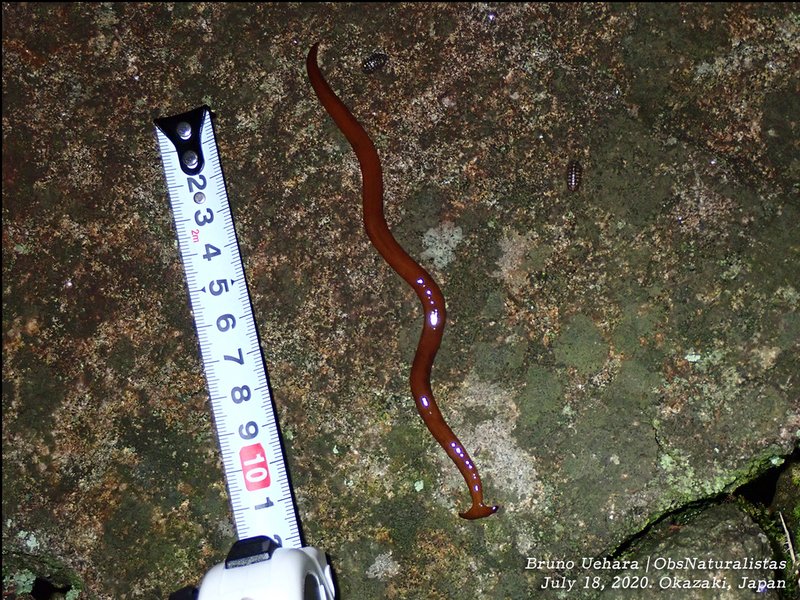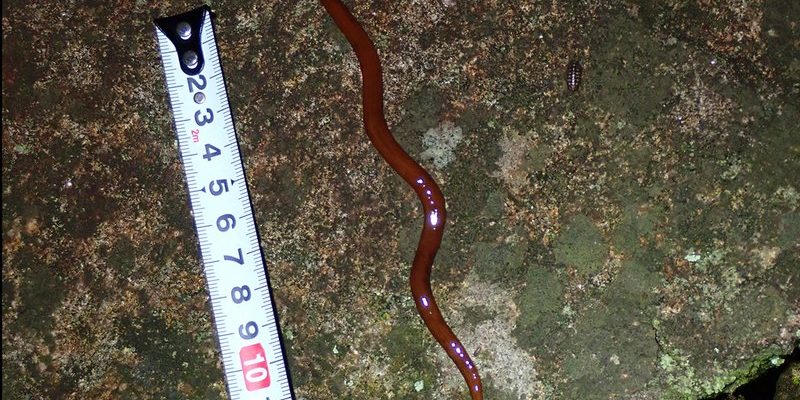
Understanding the seasonal life cycle patterns of hammerhead worms isn’t just an academic pursuit; it’s a glimpse into the resilience of nature. These worms have ways of thriving in various conditions, much like how we adapt to our environment. So, let’s dive in and explore the life cycle of these remarkable creatures, how they adapt to different seasons, and what makes them tick.
What Are Hammerhead Worms?
Hammerhead worms, part of the *Bipalium* genus, are fascinating flatworms native to tropical and subtropical regions. They’re easily recognizable because of their distinct head shape, which resembles a hammer or a spade. These flatworms can grow up to 12 inches long, and their colors range from brown to vibrant stripes of yellow or red. They mainly thrive in moist environments like soil and leaf litter.
One unique feature of hammerhead worms is their ability to reproduce. They can regenerate lost body parts, and some species even reproduce through fragmentation, where a single worm splits into pieces that grow into new individuals. This makes their population quite resilient, allowing them to bounce back even after tough conditions.
You might be wondering what makes them such great survivors. Their adaptability plays a critical role in how they navigate their seasonal cycles, which we will explore in more detail.
Understanding Their Life Cycle
The life cycle of hammerhead worms is divided into several stages—egg, juvenile, and adult. Each stage has specific needs and behaviors that change with the seasons. Let’s break this down a bit.
1. **Egg Stage**: Hammerhead worms begin their life as eggs. Depending on the species and environmental factors, these eggs may be laid in varying conditions. During warmer months, optimal conditions can lead to higher survival rates. The eggs hatch into juvenile worms, ready to explore their new world.
2. **Juvenile Stage**: As they enter the juvenile stage, these worms start to feed on organic matter, especially detritus and small invertebrates. This stage is crucial for growth, and they develop the tools they need to survive in the wild. Here’s where the seasonal changes come into play—food availability can fluctuate dramatically depending on the season.
3. **Adult Stage**: Once they reach adulthood, hammerhead worms have a few different strategies for environmental survival. They can either continue to feed and grow or enter a more dormant phase during less favorable conditions. This flexibility is a key part of their life cycle, allowing them to thrive when conditions are best.
Seasonal Variations in Habitat
Hammerhead worms are highly sensitive to their environment, meaning that habitat conditions can drastically affect their life cycle. As the seasons change, these worms adjust their behaviors accordingly.
– **Spring**: When temperatures begin to rise and moisture levels increase, hammerhead worms become active. They emerge from their hiding spots in the soil, searching for food and opportunities to reproduce. This is the time when you’ll see them most often, as they take advantage of the abundant resources available.
– **Summer**: As summer peaks, hammerhead worms continue their growth and reproduction. They thrive in warm, humid environments, which are perfect for their development. However, excessive heat and dryness can force them to retreat into the soil, reducing their visibility.
– **Fall**: With the onset of fall, these worms begin to prepare for the coming cooler months. They become less active, focusing on feeding and storing energy for the winter. Some species may even start to reproduce, ensuring that their populations will continue despite harsher conditions.
– **Winter**: During winter, hammerhead worms may enter a state of dormancy. They dig deeper into the soil or remain hidden under organic matter, waiting for warmer weather. In some regions, they might go completely dormant, conserving energy until conditions are favorable again.
Feeding Habits Throughout the Seasons
Feeding is a central part of a hammerhead worm’s life cycle, and their diet can vary depending on the time of year. Let’s take a closer look at how their dietary habits are influenced by seasonal changes.
– **Spring and Summer Feeding**: In the spring and summer months, food sources are plentiful. Hammerhead worms primarily feed on small invertebrates, like earthworms and slugs, as well as decaying plant materials. This is the peak season for growth, so they take full advantage of their abundant food supply.
– **Fall Adjustments**: As fall approaches and food becomes scarce, hammerhead worms adapt their feeding habits. They may slow down their metabolism and reduce their activity levels. You might find them feeding less frequently, as they prepare for the leaner winter months.
– **Winter Survival**: In winter, when food is scarce, hammerhead worms rely on stored energy and may go into a state of dormancy. They can survive for extended periods without feeding, which is a remarkable survival strategy. When the spring thaw arrives, they’ll emerge again, ready to resume their active eating habits.
Reproduction Throughout the Year
Reproduction is a critical part of the hammerhead worm’s life cycle, and it’s influenced heavily by seasonal patterns. The timing and methods of reproduction can vary for these worms.
1. **Spring and Summer Reproduction**: These active seasons are prime time for reproduction. Warmer temperatures and increased moisture lead to higher activity levels, making it easier for males and females to find each other. The worms can reproduce through sexual reproduction or asexual fragmentation, ensuring population resilience.
2. **Fall Preparing for the Next Generation**: As fall approaches, many hammerhead worms may continue to reproduce to ensure that their young are ready to emerge when conditions are optimal. This strategy allows the next generation to take advantage of the spring’s fruitful conditions.
3. **Winter Dormancy**: During winter, reproduction essentially comes to a halt. The worms conserve energy and focus on surviving until spring. Once the weather warms up again, they’ll start the cycle anew.
The Importance of Seasonal Patterns
Understanding seasonal life cycle patterns of hammerhead worms helps us appreciate the balance of ecosystems. These worms play essential roles in soil health and nutrient cycling, which ultimately supports broader biodiversity.
– **Ecosystem Health**: Hammerhead worms contribute to the decomposition process, breaking down organic material and recycling nutrients back into the soil. This, in turn, supports plant growth and various other species that depend on healthy soil.
– **Indicators of Environmental Changes**: Because hammerhead worms are sensitive to their environment, changes in their life cycle can indicate larger ecological shifts. Monitoring their population dynamics can help assess the health of ecosystems and the impacts of climate change.
In conclusion, the seasonal life cycles of hammerhead worms are a complex dance with nature. From the egg stage to their adult lives, these fascinating creatures continuously adapt to their surroundings. Understanding their life cycles not only enriches our knowledge of these unique organisms but also gives us insight into the intricate web of life that surrounds us. So, the next time you spot a hammerhead worm in your garden or on a walk, remember the remarkable journey it has undertaken through the seasons.

